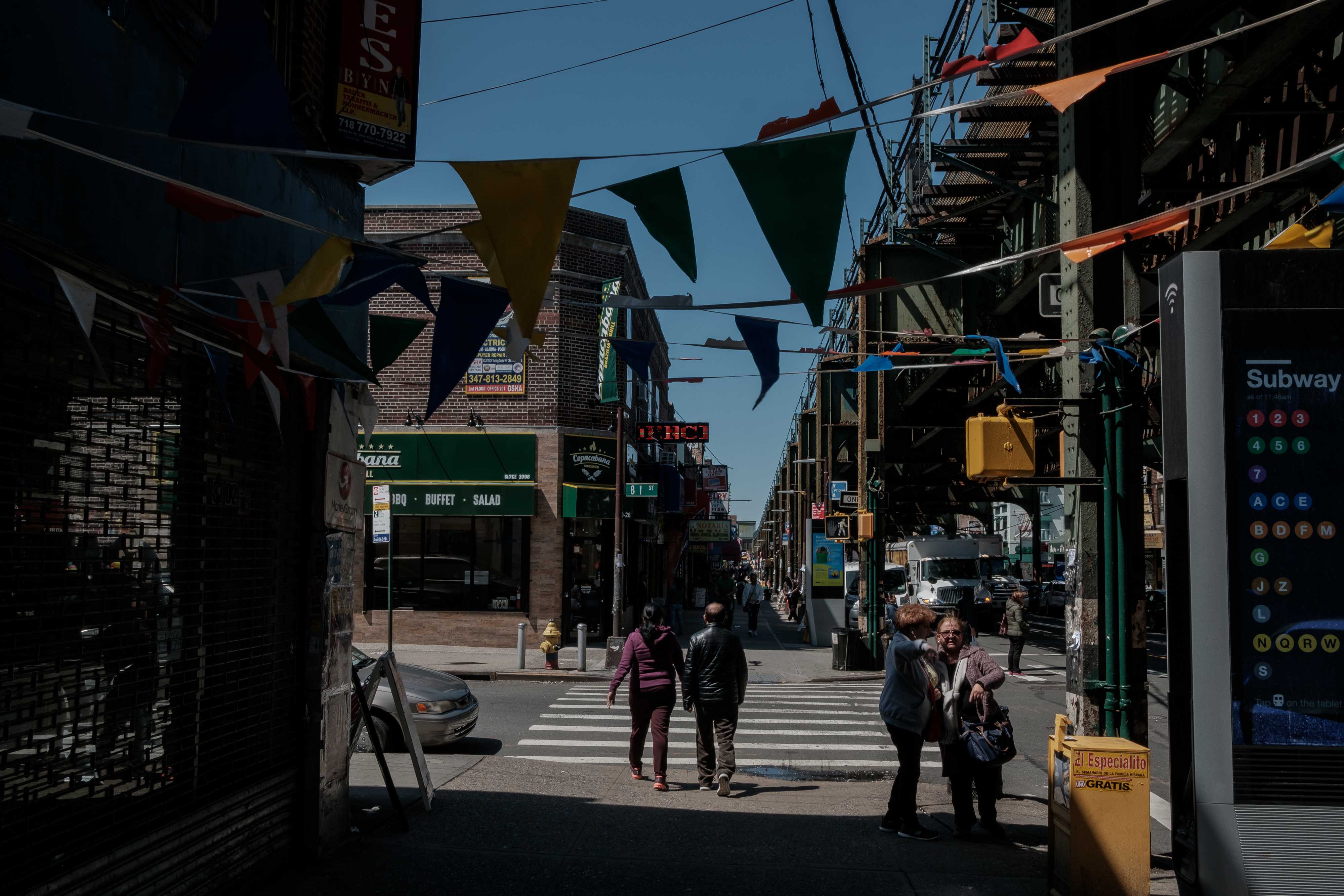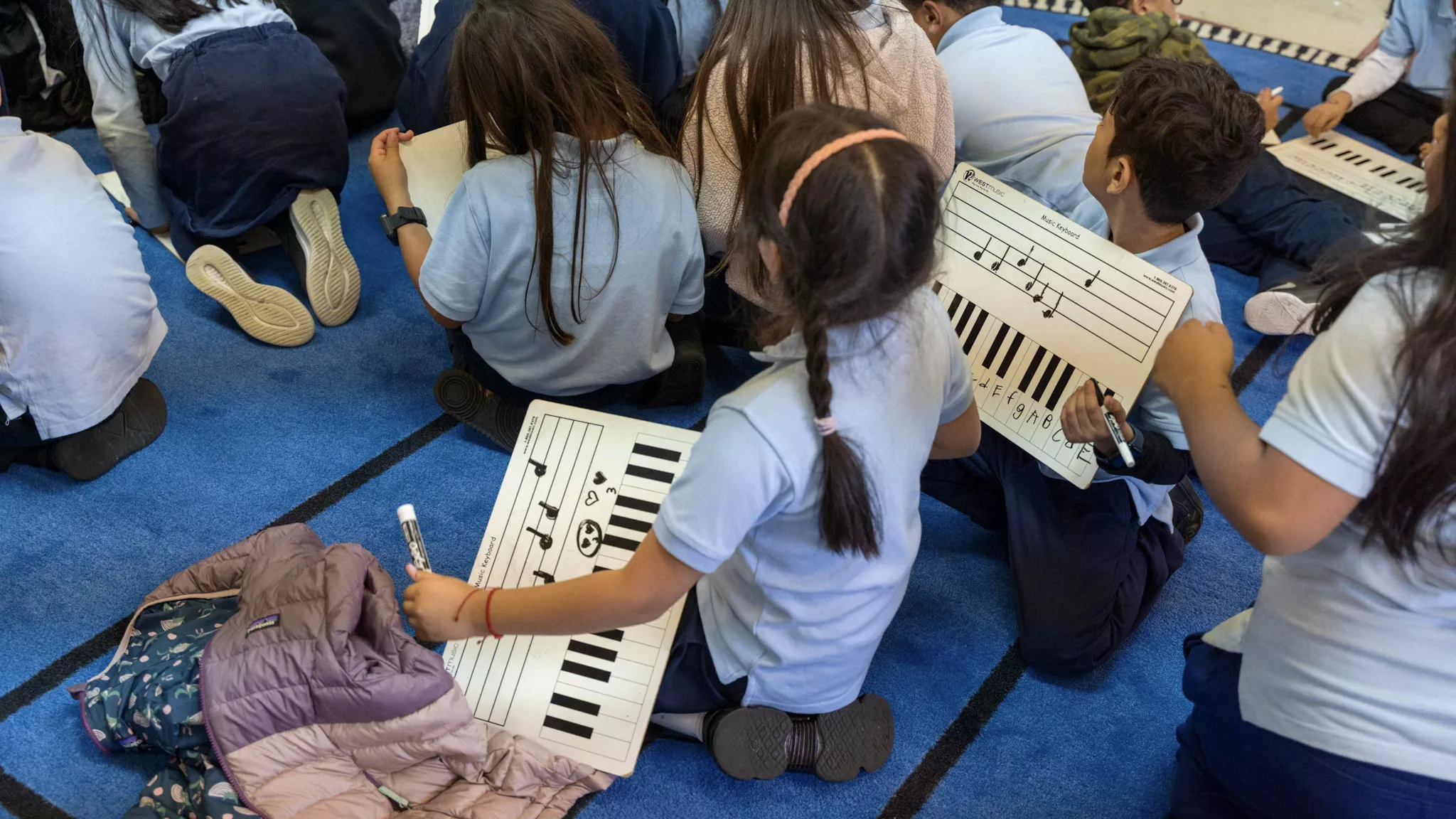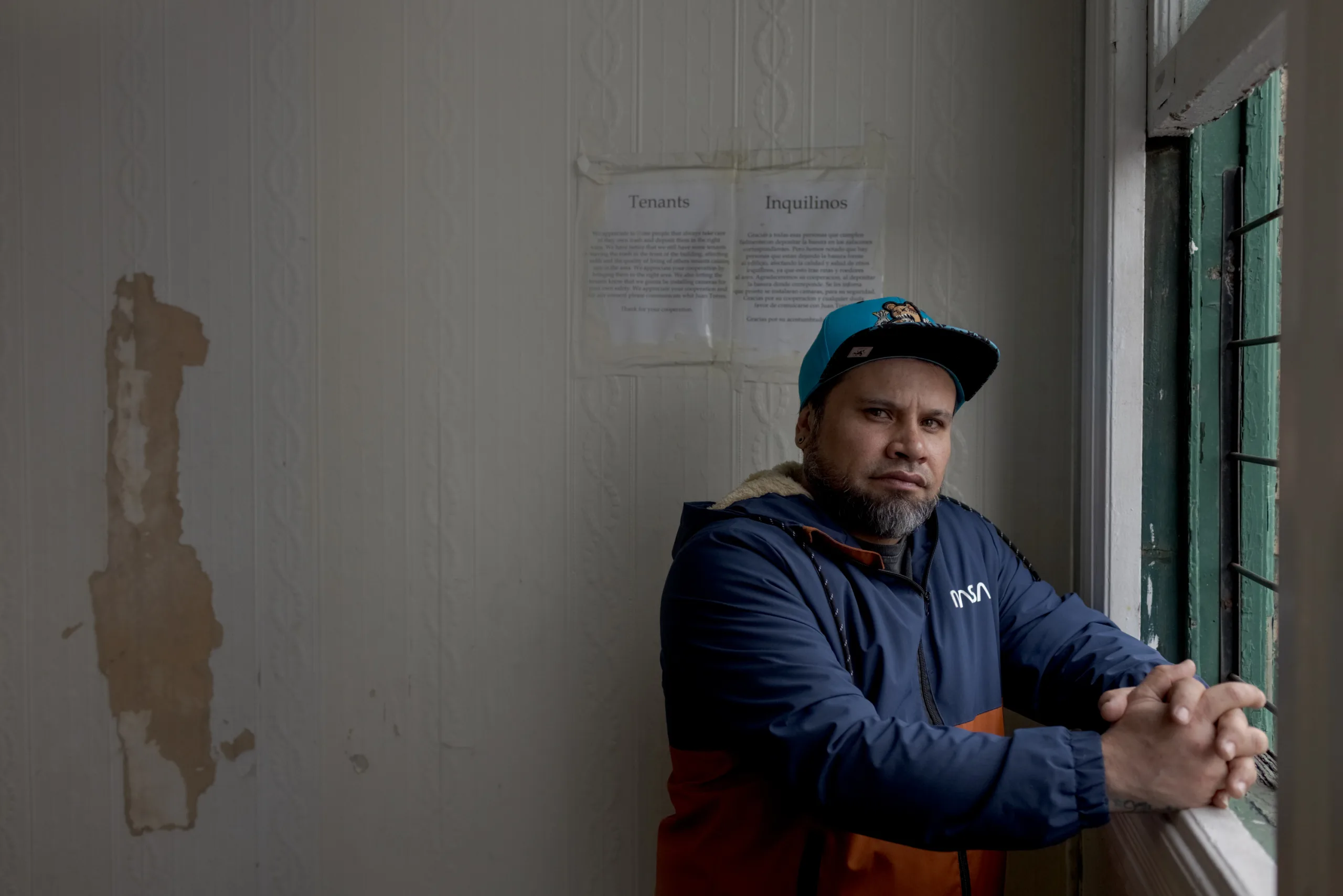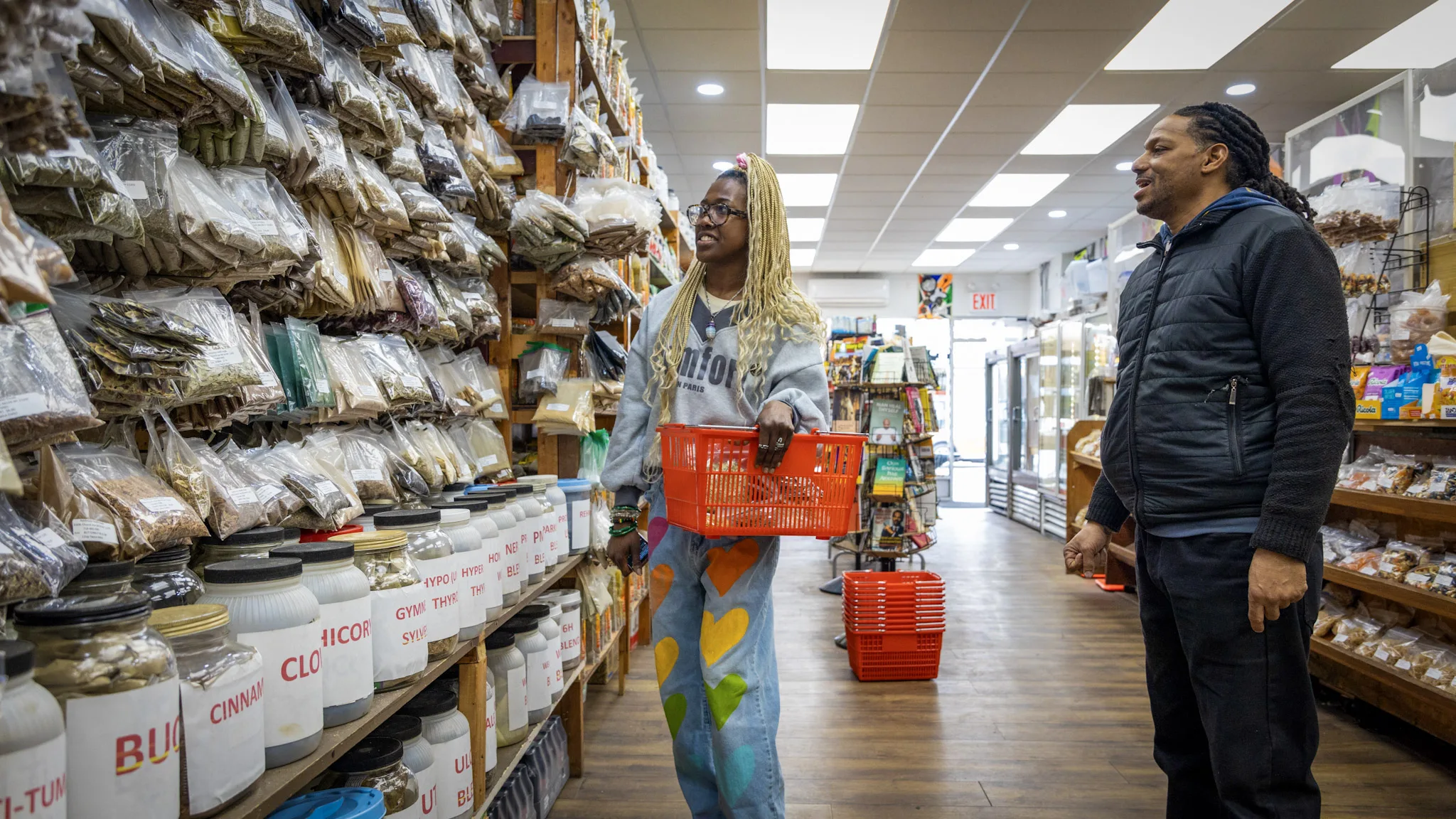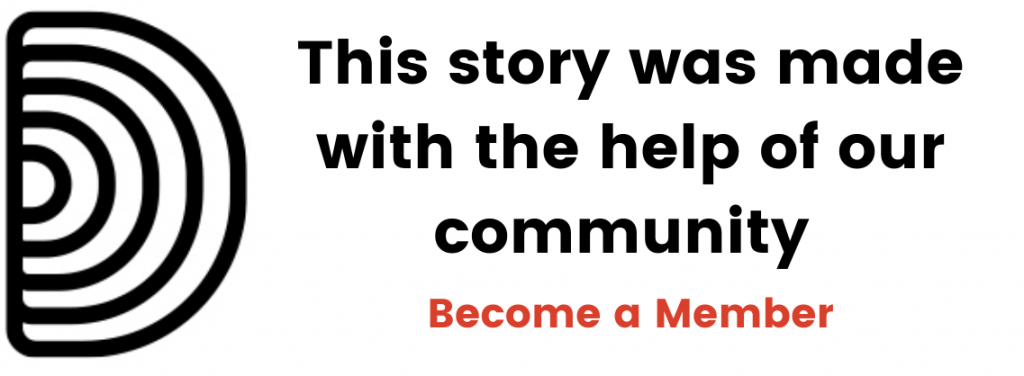
After over a decade in her Queens apartment, Ana Reyes found herself pleading with a furious landlord. The citywide covid shutdown in March left her husband without construction work, and her own job cleaning consular offices at night dried up in April.
Her family of five was stuck at home, and were soon out of savings to pay their rent.
As an undocumented New Yorker, Reyes doesn’t have access to government assistance like unemployment benefits or food stamps that have kept many residents afloat after pandemic job losses. The statewide COVID Rent Relief Program, launched over the summer, seemed to Reyes like a rare exception – but four months after putting in her application, she is among many New Yorkers who still don’t know if they’ll receive help.
Undocumented immigrants are shut out of most rental assistance from the government, Edward Josephson, Director of Litigation and Housing at Legal Services NYC explained. New York’s Rent Relief Program is no exception, but since Reyes lives with her citizen children, her household could apply. The state program is in the process of distributing $100 million from the CARES Act – the federal pandemic stimulus bill from March – to pay landlords directly, offsetting the debt of the most rent-burdened and in-need New Yorkers. But the federal government wrote the act in such a way that the money could not be used on households with only undocumented tenants.
Josephson’s own organization, which provides free legal services to New Yorkers in need, is not allowed to represent clients like Reyes. “We’re the federally funded program in the city, so we are barred from representing most undocumented people,” Josephson said. He explained that federally funded programs are almost always restricted to citizens and documented residents.
Also Read: Eviction Moratorium Still on, While Some Executive Orders Are Expiring. New Ones Are Being Issued.
Delays in New York’s Rent Relief Program
Reyes said she learned about the statewide rent relief program from the immigrant-focused civil society group Make the Road NY. She got help filling out the application, and submitted her documents on July 24. She was told she would get a response in two to four weeks.
“I spent all of August waiting, and nothing. September too,” Reyes said. Finally, on October 7, she got a call saying that one of the many documents she submitted was missing a signature. She’s been waiting for an answer ever since.
“I don’t know what happened,” Reyes said.
According to Jennifer Hernandez, a lead organizer at Make the Road NY, Reyes is far from alone. Hernandez said many tenant support organizations have been frustrated with the program rollout – from the short, three-week window to apply, to the extensive paperwork and calculations required of applicants, to technical problems like a crashing, over-saturated website, they worry that many eligible New Yorkers struggled to submit applications.
Besides being designated specifically for the lowest-income tenants, the program just covers rent arrears from the first four months of the COVID-19 crisis. It serves only people who paid over thirty percent of their monthly salary for rent pre-pandemic, and only if they paid an even higher percentage in the months that followed. And it’s not meant to clear all of the back-rent a person owes: it covers the difference between what they would have been able to pay before March and what they could pay after.
For many undocumented workers, or people with irregular or under-the-table jobs, showing loss of income proved complicated.
The program allowed applicants who were paid under the table to certify their earnings before and after the pandemic hit. But Hernandez said that many people who did so were asked again to submit proof of income. She thinks this may mean that in practice, “the self-attestation wasn’t actually enough to get people the aid.”
Also read: our guide with all the steps that the Rental Relief Program required users to complete
The state agency implementing the program, Housing and Community Renewal (HCR), got over 90,000 applications for funding in their three week application period. An agency spokesperson said that by the end of October they had already reviewed over 90% of the applications received, and sent out denial notices to over half of those applicants.
“The State Legislature wrote the law creating the COVID Rent Relief program with narrow parameters that have left thousands of the applicants ineligible for rent relief,” the spokesperson said.
But 75 days after applications closed, HCR had disbursed only $19.5 million dollars to about 8,400 applicants – less than 20 percent of the total allotment. Now, four months into distribution, the spokesperson told Documented that they are “quickly delivering as much as $40 million to more than 15,000 New Yorker households in accordance with very specific parameters established by the Legislature” – meaning there is $60 million more at the program’s disposal.
This lag time left many applicants in the dark about how much back-rent they owed their landlords to cover April through July, the four months considered under the program. For Reyes and her family, the difference would substantially change their day-to-day budget.
Rent Relief, a Fraction of the Need
State legislator Brian Kavanagh, who introduced the rent relief bill in the senate, was always aware that the Rent Relief Program would cover a fraction of the need state-wide – but he felt it was a good start. Since the program funding was limited, the state housing agency was required by the statute to collect all applications over a span of weeks, and then prioritize those tenants with the greatest need.
Kavanagh said state legislators have been discussing a follow-up rent relief program ever since March, but that the new bill would rely on the long-anticipated federal relief package to fund it. He’s hopeful that if the federal Heroes Act passes they could receive $10 billion dollars for New York State’s rent relief programming, a figure that he thinks could cover the rent of everyone in the state who has suffered hardship due to COVID, without as many restrictions.
“The issue of covering the costs of people who are undocumented is a huge one. And it’s not just in the housing area, there are many federal benefits that people won’t qualify for,” Kavanagh said, noting that for the next round of relief, “it would be my intent to cover people regardless of immigration status.”
Assemblymember Harvey Epstein, a critic of the original bill, is less understanding of HCR’s prolonged implementation period for the program. He called it a “red flag” that the relief measure that legislators voted on in the late spring took so long to roll out. “This is an emergency program. How is an emergency program not doing anything four months later, six months later?”
Epstein said that even with an eviction moratorium in place, he thinks it’s an issue that people don’t know how much of their rent debt they’ll have to come up with themselves.
“If you’re undocumented and you may be eligible for relief – you may make economic choices, right?” Epsten said. “You could be like, you know what? I can’t afford it. I’m losing my job. I’m gonna pull my kids out of school, I’m gonna leave, I’m gonna move to a shelter. You’re making choices every day.”
Also Read: City Funding for Undocumented Immigrants is Shrouded in Secrecy
An Attempt to Fill the Gap
Those tough choices resulting from pandemic job losses among the most vulnerable New Yorkers became the focus of a set of local real estate moguls, who tried their hand at a parallel program. The coalition of property owners, nonprofits and city agencies, known as Project Parachute, brought in private money for their new program called FASTEN: Funds and Services for Tenants Experiencing Need. According to a recent statement, the fund administered by Enterprise Community Partners has raised over $11 million so far. To give that money out, they tapped into an existing network of nonprofits which administers a city-level housing fund: the Homebase program.
REBNY, the Real Estate Board of New York, is one of this coalition’s initial partners.
“Many members had been having conversations pre-COVID about how to show we can be a civic partner,” said Basha Gerhards, REBNY’s Vice President of Policy and Planning. They were already looking at how to tackle affordability challenges, issues of discrimination, and the challenges faced by undocumented tenants. “Then the pandemic hit.”
Larissa Story directs the Homebase centers through Catholic Charities NY, one of many providers supervised and funded by the city. One of her team’s main functions is to distribute funds from the New York City government as one-time grants to tenants at risk of homelessness, to get them back on track with rent payments.
Since she began leading Homebase for Catholic Charities, her staff had been serving any New Yorker who fit the criteria, without asking for their immigration status. But not long after the pandemic slammed New York City, she said she was told they were supposed to exclude anyone undocumented from the city’s grant program.
Also Read: Cuomo Has Not Signed a Bill to Help Separated Children, A Year Later
“We were scared when we were told that we were unable to assist them,” Story said. “How do we tell someone, oh I’m sorry, you don’t have a Social Security number, now we can’t help you for no other reason?”
So she was relieved when, a few months later, the new FASTEN program was added to her plate. She even learned that after the new request to check applicants’ immigration status, the receptionist had started keeping a list of undocumented clients who couldn’t be served because of their status.
“It was like a group effort, they were like, yes, we have a list, and they called everybody back,” Story said.
From the time it launched in August until now, more than $580,000 has been disbursed or requested from Project Parachute to pay rental arrears. Their FASTEN program has served 261 households, and over 80% of those households have included undocumented New Yorkers.
This number is still a fraction of New York City’s undocumented population of over 500,000, many of whom have struggled financially during the pandemic.
Also Read: Landlords Are Threatening Renters, Despite the Eviction Moratoriums
Cancel Rent
Cea Weaver, the Campaign Coordinator for Housing Justice for All, has been skeptical of the limitations of New York’s COVID Rent Relief Program from its inception; but she is also skeptical of private donors attempting to step in. “Philanthropy is not sustainable.”
Instead, she’s an advocate for another position popular among some New York legislators and many tenants’ rights groups.
“We need to cancel rent,” Weaver said, arguing that if the state cleared tenants’ back-rent during COVID that would take the onus off of undocumented and vulnerable tenants to prove their income loss, and allow aid to go straight to the landlords with the greatest need. “It’s sort of counterintuitive, but the cancel rent program is actually structured as a landlord bailout fund,” she said.
But a landlord bailout after canceling rent would also rely on funding. Whatever options New Yorkers have to grapple with their back rent for now, housing experts worry that without the highly-anticipated, uncertain next round of federal stimulus money that could fill the funding gap, New York is at a toxic standstill.
“We have this huge bubble that’s just building, of debt and fear, and it’s going to burst, probably in 2021, January or February,” said Sateesh Nori, Attorney-in-Charge at the Legal Aid Society’s civil practice in Queens. “And then what happens? Are people going to be evicted by the thousands? Are landlords going to be defaulting on their mortgages by the thousands?”
Ana Reyes is staring this precarity in the face. While her husband now has occasional construction work again, the consular cleaning job she used to work overnight is not yet up and running – and with three children learning from home, the youngest with special needs, she can’t leave them alone.
The couple reached an agreement with their landlord and are paying some of their rent, but the decisions haven’t been easy. “I buy only the food that I need at home. Sometimes, to pay the rent, sometimes we can’t pay for the electricity, the gas,” Reyes said. “But I’ve been adjusting.”
Also Read: Eviction Moratorium Extended, but Looming Housing Crisis Remains
